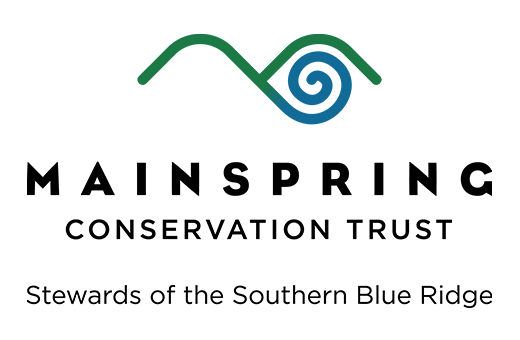Press Release:
LTLT (Land Trust for the Little Tennessee) and the Jackson County Parks and Recreation Department present a series of six presentations throughout summer 2014 on topics related to nature in the Tuckasegee region and surrounding area.
The presentations will be held at 6:30pm in the Jackson County Public Library’s Community Room located at 310 Keener St. in Sylva, North Carolina. All presentations are free to the public and refreshments will be served.
Kicking off the series on Thursday, July 17 is Erika Zambello, Stanback Intern for The Conservation Fund, presenting “Plott Balsams Business Case for Conservation.” Her presentation will discuss the use and value of visitor and recreation surveys in estimating visitor spending per day in local communities, and how figures collected through these surveys can reveal tourist preferences, opinions on future expansion and development and likelihood of future visitation. The results can also be used to create a business case for protecting land in North Carolina.
The full schedule is:
Thursday, July 17 Plott Balsams Business Case for ConservationPage 2 of 2 Erika Zambello, The Conservation Fund
Thursday, July 24 The Ecological Recovery and Restoration of the Pigeon River: Can the ‘Dirty Bird’ Clean Up? Dr. Tom Martin, Western Carolina University
Thursday, July 31 Leopold Land Ethics Leaders Rob Hawk, North Carolina Cooperative Extension
Thursday, August 7 Golden Winged Warbler and Early Successional Habitat Patrick Farrell, NC Wildlife Resources Commission
Thursday, August 21 The Mountains-to-Sea Trail – 1,000 Miles Across NC Kate Dixon, Friends of the Mountains-to-Sea Trail
Thursday, August 28 Conserving the Natural and Cultural Histories of the Southern Blue Ridge Paul Carlson, LTLT (Land Trust for the Little Tennessee)
For additional information about the Tuckasegee Nature Series please call LTLT at 828- 524-2711 or visit www.ltlt.org.



